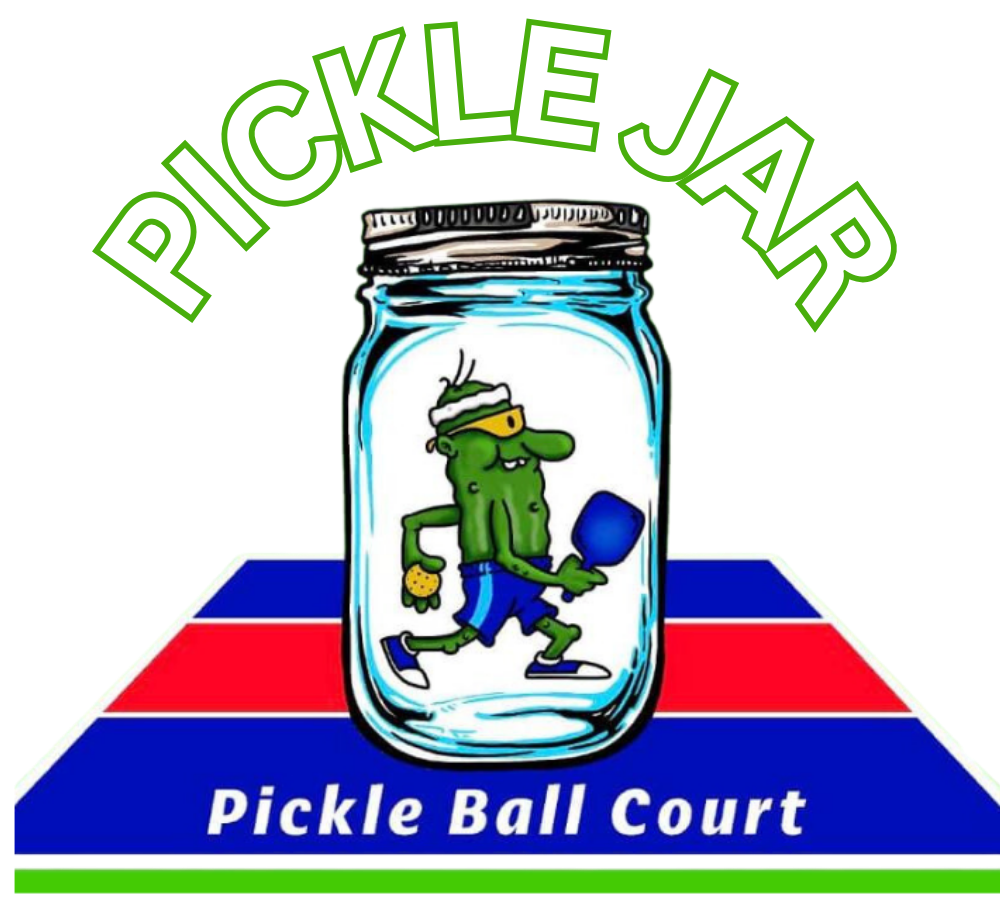Common Pickleball Rule Myths That Confuse New Players
Pickleball has taken off in recent years, drawing people of all ages with its fast pace, simple setup, and community spirit. But as easygoing as it may seem, the sport has its own set of rules that can throw even the most enthusiastic beginners for a loop. Many of these misunderstandings stem from how pickleball borrows elements from other racket sports like tennis, badminton, and ping pong. New players often show up confident, only to find out they’ve misunderstood something critical—like when to serve, where to stand, or whether a ball was in or out.
To help you avoid confusion and spend more time enjoying the game, we're digging into some of the most commonly misunderstood rules. We’re not talking about obscure or rarely enforced regulations here—these are things that come up in just about every casual match, and knowing the real deal can make your experience smoother and way more enjoyable.
The Double Bounce Rule Isn’t What It Sounds Like
This one trips people up constantly, mostly because the term “double bounce” makes it sound like the ball has to bounce twice on each side or something equally confusing. In reality, it’s a super basic rule with an unfortunate name. What the rule actually says is that each side has to let the ball bounce once before hitting it during the rally's start.
So, here's how it works: when you serve, the receiving team has to let the ball bounce before returning it. Then the serving team must also let that return bounce before playing their next shot. After that, volleys (hitting the ball out of the air before it bounces) are totally fine—as long as you’re not standing in the kitchen, but we’ll get to that.
New players often assume they need to let it bounce on every shot or that they can volley right away. This can mess up a rally before it even gets going. Once you get the rhythm of that initial exchange—bounce, bounce, go—it becomes second nature. But until then, expect a few puzzled looks and maybe even a redo or two.
The Kitchen Isn’t Off-Limits—Just Volleys Are
The non-volley zone, often called the kitchen, is another hot spot for confusion. It’s a seven-foot area on both sides of the net, and people tend to think you’re not allowed to step in there at all. That’s not exactly true. You can stand in the kitchen all you want—as long as you’re not volleying.
What does that mean in practice? If the ball bounces in the kitchen, you’re perfectly allowed to step in and hit it. The trouble comes when you try to volley (hit the ball out of the air) while touching that zone. And the rule doesn’t just apply to your feet. If your momentum carries you into the kitchen after a volley, even if you hit the shot cleanly from outside, it still counts as a fault.
The misunderstanding here can cause some overly cautious play. Some folks will practically jump backward to avoid stepping in, even when they have a clear shot at a bouncing ball. It’s totally legal to be in the kitchen—just keep the volleys out of it.
Serving Rules Have More Quirks Than You’d Expect
Serving in pickleball isn’t hard once you know the rules, but getting there can be a bit of a head-scratcher. New players often try to serve the way they would in tennis, with an overhand motion, or stand in a position that isn’t legal. The reality is a bit more precise, and not knowing the details can quickly lead to avoidable faults.
First off, serves have to be underhand, and your paddle has to strike the ball below your waist—technically at or below the navel. The motion should move in an upward arc, not sideways or downward. It also has to be one smooth motion. No bouncing the ball before serving like you might in ping pong.
Then there’s the whole foot placement issue. At least one foot has to stay behind the baseline, and you can’t step on or over the line until after you’ve made contact with the ball. That might seem straightforward, but it becomes tricky when players try to go for power and end up stepping into the court a little too soon.
Finally, the serve has to land in the diagonal service box and clear the kitchen (including the kitchen line). If it hits the kitchen line directly, it’s a fault. That catches people off guard often because they assume any line is fair game. Not with the serve.
Line Calls Are Simpler—And More Strict—Than People Think
In casual play, arguments over whether a ball was in or out can turn a fun match into an awkward standoff. Much of the drama comes from a simple misunderstanding: what counts as “in”? The answer is straightforward but strict.
If any part of the ball touches the line, it’s considered in. However, if it lands just outside—even a hairline off—it’s out. The confusion comes from how fast the game can move and how tough it is to see exactly where the ball landed in real time. That’s why it helps to give the benefit of the doubt when you’re not sure, especially in recreational games.
Another point of confusion? Players often think they can call a ball out on the other side of the net. But by the rules, you can only make line calls on your side of the court. It’s up to the opponents to make those calls on theirs. Trust and honesty are big parts of the game here.
People also get tripped up when a ball touches the net and still lands in bounds. If it happens during a rally, the play continues. The net isn’t some automatic fault barrier unless the ball hits it and doesn’t make it over. If it clips the net and still lands in, it’s fair game.
We’re Here To Help You Play With Confidence
There’s a lot to love about pickleball, and once you get the rules down, the game flows naturally. But those early days can be full of head tilts and second guesses. It’s totally normal to wonder if you played that shot correctly, or if your foot might’ve been an inch too far into the kitchen. That’s part of learning, and it happens to just about everyone who picks up a paddle.
At The Pickle Jar, we believe the best way to grow as a player is to feel confident about the rules and relaxed enough to enjoy the game. Our facility is designed to support players at every level, and if you’re just getting started—or still ironing out those tricky rules—we’ve got the space, community, and guidance to help you along the way.
If you’ve got questions or want to book court time to practice in a stress-free environment, we’d love to hear from you.
Contact The Pickle Jar today and let’s get you out on the court with more clarity, fewer myths, and a whole lot of fun.

